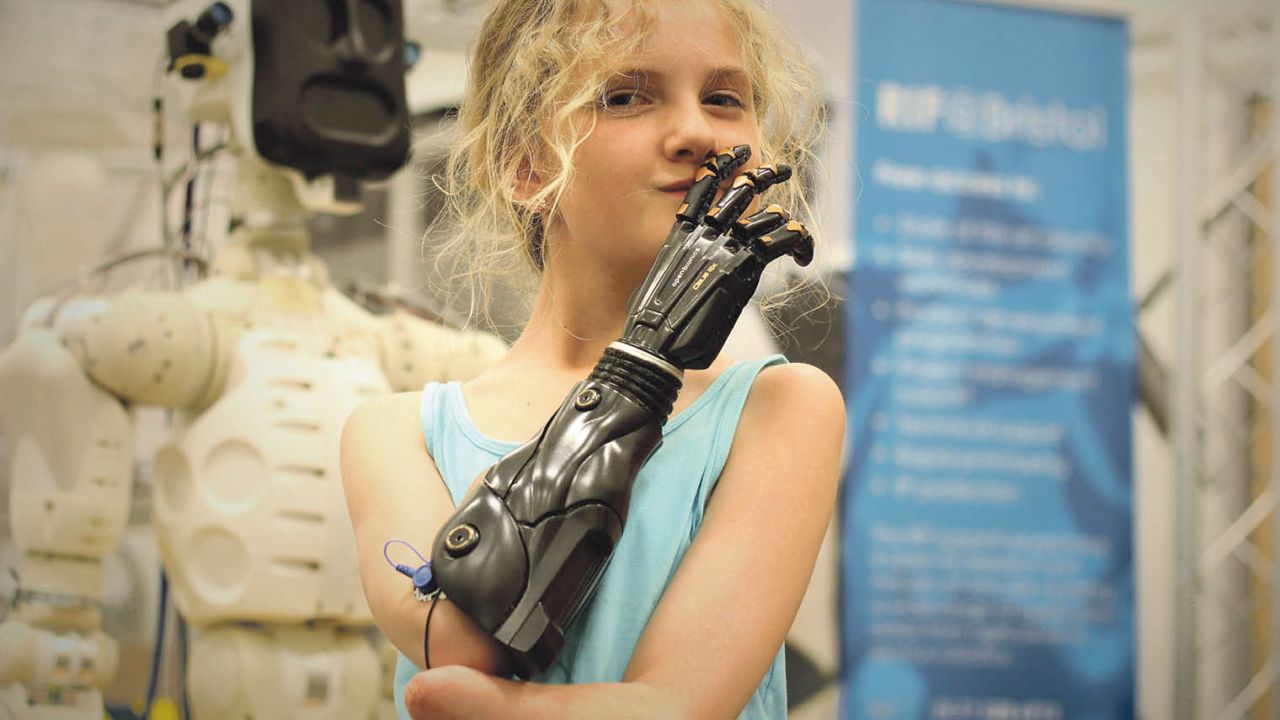Anytime you walk into a medical care facility, you will realize there are different types of technologies in action. From the record-keeping and diagnosis to the labs. Technology is transforming the world in many ways, and mainly positively. Patients have had a higher recovery rate since the introduction of technology. It is now easier to handle medical billing services from companies such as ParkMedicalBilling company.
Technology is easy to take in, as all staff needs are equipment and the know-how to operate the equipment provided. Below are some ways in which technology is changing the healthcare sector.
3D printing

You have heard people’s bones or blood vessels being changed or replaced by things formed in a medical lab? Such equipment is made of silicon and other skin-friendly metals. They are tested on someone for compatibility before being implanted.
The introduction of this technology has helped people recover from sitting in a wheelchair and turn their lives to regain mobility.
Robotics

Advanced healthcare facilities have robots that help them serve their patients by doing surgeries and taking care of them after surgery. Long ago patients were hesitant to have robots operate on them, but with the advanced success stories, more patients are willing to have robots attend to them.
Robots have made their way to almost all types of surgeries, including brain surgeries and complex surgeries such as eye surgery and cancer surgeries.
Healthcare trackers
![]()
You have probably noticed people wear smart devices when doing exercises. These could be watches, among other devices. They can track one’s heart rate and blood pressure. When too low or too high, they give the owners recommendations to ensure they go back to a normal range.
Doctors can connect with the patients and find out how they are doing virtually. These devices also can keep records that can be used to recover a patient’s well-being after diagnosis.
Nanotechnology
Nowadays, patients can have their internal organs observed by doctors before being treated and before having surgeries done on them. Technology has also eliminated the excessive use of x-rays to observe a patient’s inner organs. X-rays expose patients to emissions that lead to cancer development if exposed for a long time.
Artificial intelligence
Through the collection of data from patients willing their data to be used for research purposes, machines can be trained. Algorithms developed from the process can be used to come up with better medication and a means of treating patients in a better way.
Virtual reality
Did you know that some surgeries are so risky to a point they have to be practiced in virtual reality before they are conducted on human beings? This is because certain conditions have to be observed before the surgery. Just as gamers see objects as if they are real in life, doctors use such machines as well to visualize human organs.
In conclusion, technology is here to assist in human health and should be embraced if proven helpful for people. Technology is good in the healthcare sector.

Leave a Reply